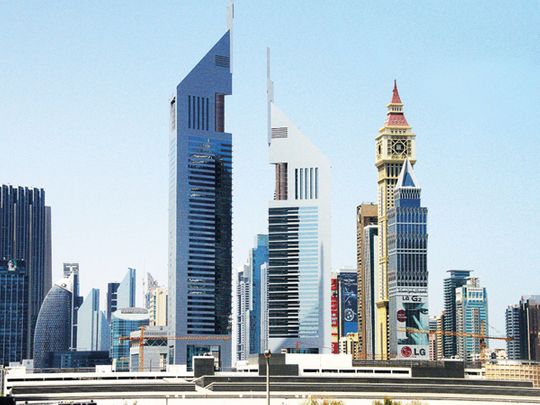In the UAE, high FDI is driven by a favorable business environment, excellent infrastructure, predictable policies, and political stability.
– Garbis Iradian, IIR Chief Economist, Middle East and North Africa
While portfolio investment flows into the country are estimated at $19.3 billion, resident capital outflows in terms of foreign direct investment and other investments accounted for $64.2 billion, mainly in due to investments and acquisitions by sovereign wealth funds, government-related entities and large corporations.
In the GCC, Saudi Arabia and the United Arab Emirates accounted for a significantly larger share of foreign capital inflows, with the United Arab Emirates leading the region in terms of FDI.
“Our estimates show that non-resident capital flows to the six GCC states reached $142 billion in 2021, an increase of $21 billion from 2020. This increase was driven by an increase in FDI, in particular to Saudi Arabia and the United Arab Emirates, and general IMF policy. [special drawing rights] allocation,” said Garbis Iradian, IIR Chief Economist, Middle East and North Africa.
The data showed that flows of portfolio debt and other investments, excluding the allocation of SDRs, declined due to a lower need for financing from regional sovereign states, fiscal deficits narrowed and, in some GCC states, have moved into surpluses.
Aggregate capital inflows to the GCC are expected to fall to $122 billion in 2022 due to lower fundraising through bonds and sukus as government funding needs decline amid the global crisis. rise in oil prices.
Going forward, most planned sovereign borrowing is tied to refinancing needs. The decline in sovereign borrowing could be partly offset by an increase in borrowing by the financial and non-financial corporate sectors. Government Related Entities (GREs) in the GCC could increase their demand for borrowing in international markets. For example, PIF, Saudi Arabia’s SWF, is expected to unveil its Eurobonds in the first quarter of this year for $15 billion.
FDI is expected to remain high in 2022 and 2023 in Saudi Arabia and the United Arab Emirates.
“We expect increased FDI in the kingdom’s energy sector to increase crude oil and natural gas production capacity. In the UAE, high FDI is driven by a favorable business environment, excellent infrastructure, predictable policies and political stability,” Iradian said.
The region’s strong demand for high-quality assets will remain an important factor in attracting foreign capital to GCC asset classes. Large financial buffers in the form of official reserves and sovereign wealth funds, strong yields and dollar pegged currencies make GCC sovereign debt an attractive alternative to riskier securities from other emerging markets.

